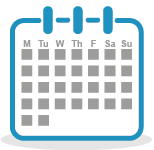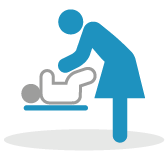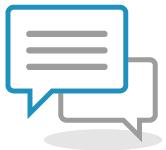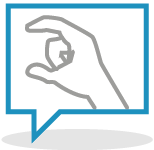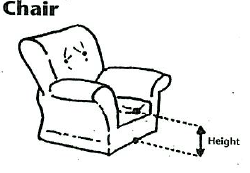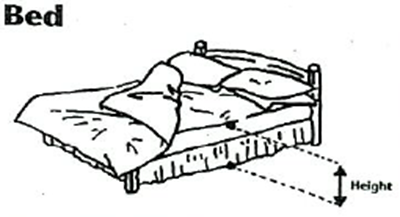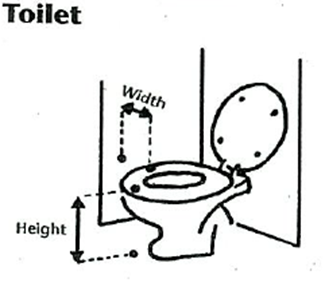
Video – Helping you live well with pain
Pain Service Physiotherapy
Often when people suffer from chronic pain they find it difficult to be as active as they had been previously. Over time, reduced activity can lead to joint stiffness, muscle weakness and general deconditioning. Often this means that people find it difficult to complete normal daily activities, engage in social situations and participate in hobbies.
Our physiotherapy team can help you to find a level of activity which feels comfortable for you. We will work alongside you to help you feel confident to do more of the things in life which are important and meaningful to you.
Useful Resources
Accordion title 1
This is a placeholder tab content. It is important to have the necessary information in the block, but at this stage, it is just a placeholder to help you visualise how the content is displayed. Feel free to edit this with your actual content.
Accordion title 2
This is a placeholder tab content. It is important to have the necessary information in the block, but at this stage, it is just a placeholder to help you visualise how the content is displayed. Feel free to edit this with your actual content.
Bringing it Together
Exercise Videos
Patient Feedback
We really value patient feedback to help us continue to improve and develop the physiotherapy service. If you have recently attended pain management physiotherapy then please consider completing this short survey. The information gathered is confidential and helps our team to evaluate the service and address areas for improvement. Thank you.
Feedback Survey: Survey Powered by Webropol (webropolsurveys.com)
Accordion item 1
Staff Training
AHP Pain Education Session
AHP Pain Education Session
The AHP Pain Team have seen an increase in requests for in-service training from other services as staff look to increase their knowledge and confidence in managing individuals with chronic pain. In order to meet those needs in a sustainable way we have developed an AHP Pain Education Programme which offers a number of sessions throughout the year. Please see attached programme.
Booking for our AHP Pain Education Sessions via MS Teams is now open.
| SESSION 1 – 18 April 2023 | TOPIC | BOOKING LINK |
| 14.15 | An Overview of The Pain Service | https://link.webropolsurveys.com/EP/49450B9C6A317ED6 |
| 15.00 | Explaining Chronic Pain to Patients | https://link.webropolsurveys.com/EP/A3BC8C4F86AB7DAD |
| 15.45 | Occupational Therapy in The Pain Service | https://link.webropolsurveys.com/EP/4B9A1ACCA44B49D5 |
| SESSION 2 – 30 AUGUST 2023 | ||
| 14.15 | What is a pain management programme? | https://link.webropolsurveys.com/EP/ECB1DB44C1D8856E |
| 15.00 | Managing activity in chronic pain. | https://link.webropolsurveys.com/EP/5403D61DAAB5F434 |
| 15.45 | Managing expectations and the role of pain medication | https://link.webropolsurveys.com/EP/4E872BF15A57B12B |
| SESSION 3 – 16 November 2023 | ||
| 14.15 | Is it all in my head? – demystifying pain psychology | https://link.webropolsurveys.com/EP/6F21EC1CAED98DEA |
| 15.00 | Personal outcomes and good conversations | https://link.webropolsurveys.com/EP/86D296350CC3AC09 |
| 15.45 | Exploring fears of movement | https://link.webropolsurveys.com/EP/25FD96747B4579A5 |



